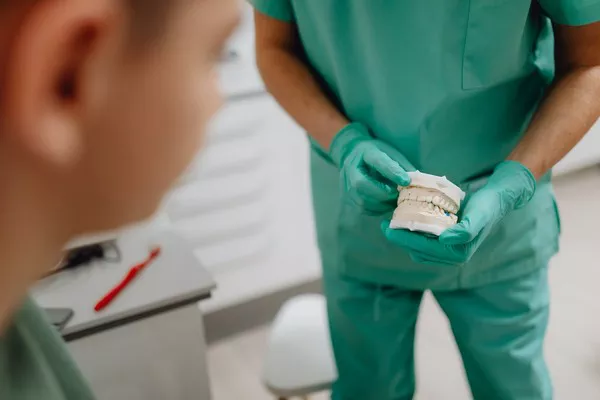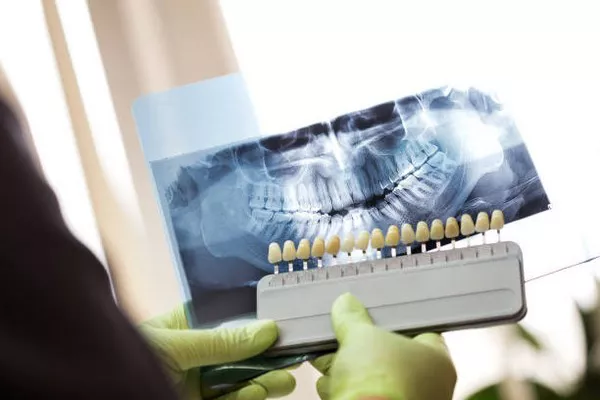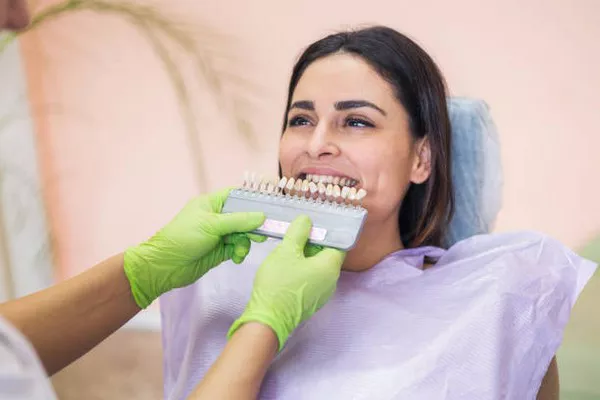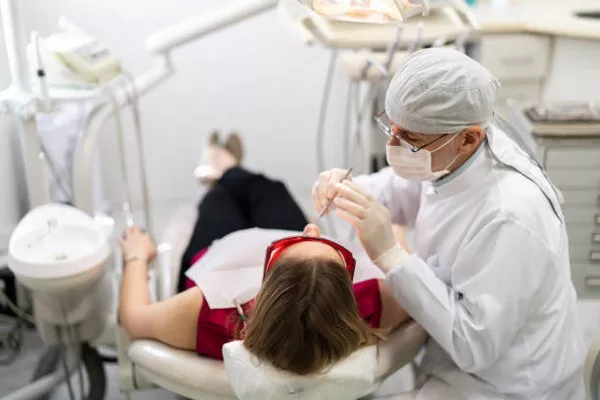Prevention of Periodontal Disease Proper Flossing Core tip: Although flossing has many benefits, it can also damage your teeth if used incorrectly. Here’s how to floss properly.
Floss is clean dental, dental floss is very strange to most people in our country, and in many countries it has already been used.
Floss can be used to clean the tooth surface and remove the impaction of food. It is usually made of nylon, silk, polyester or waxed cotton thread. It is usually made of 30 to 75 strong and smooth threads.
The fibers of the thread are loose and not twisted together, so that when used, the fibers can be arranged in a flat shape and easily reach the tight area between the teeth.
It is best to floss once a day, especially after dinner, when used, the floss is formed into a ring, or the two ends of the line around the two middle fingers, the two fingers left 3-5 inches, with two thumbs to press the line into the tooth space, along one side of the tooth surface gently twitch, then change the other side.
Repeat four or five times until the tooth surface is clean or the impaction is removed.
Floss has little damage to the gingiva and is safe, but it should be gently applied. It can be pressed into the gingiva to clean the gingiva area, but it can not be pressed into the tissue below the bottom of the gingiva to prevent gingiva bleeding and pain.
Although flossing has many benefits, it can also damage your teeth if used incorrectly. Let’s learn how to floss properly.
How to floss properly?
Take a piece of floss about 20cm long and wrap it around the middle fingers of both hands.
Use your thumb and forefinger to control the floss.
Place the floss between the two teeth and gently apply pressure towards the gums, pulling the floss from side to side so that the floss slides smoothly into the space between the teeth.
Never force dental floss into your teeth!
Violence can cause gum damage.
After the floss enters the space between the teeth, press the floss inside and outside the mouth, pull the floss from side to side, and gently clean the adjacent surfaces of the front and back teeth.
Then pull the floss out towards the occlusal surface.
Repeat until you have cleaned each adjacent tooth.
Every day after eating about 10 minutes to carefully clean each of your teeth, with the correct brushing, the use of mouthwash care solution, will be very effective in preventing caries and dental stones, and further prevent periodontitis.
When to floss: It’s best to floss once a day, especially after dinner.
Applicable population: Under conditions (especially in the middle and young people without large dental space), floss should be used as far as possible, which is conducive to the long-term maintenance of oral health.
Dental floss choice: Choosing dental floss is a matter of personal preference. In fact, any kind of dental floss can effectively remove plaque and tartar if used properly.
Do not use dental floss too hard to avoid gum damage.
Use different sections of floss to get into different cavities, and always floss with clean floss to remove plaque on the adjacent surface.






























